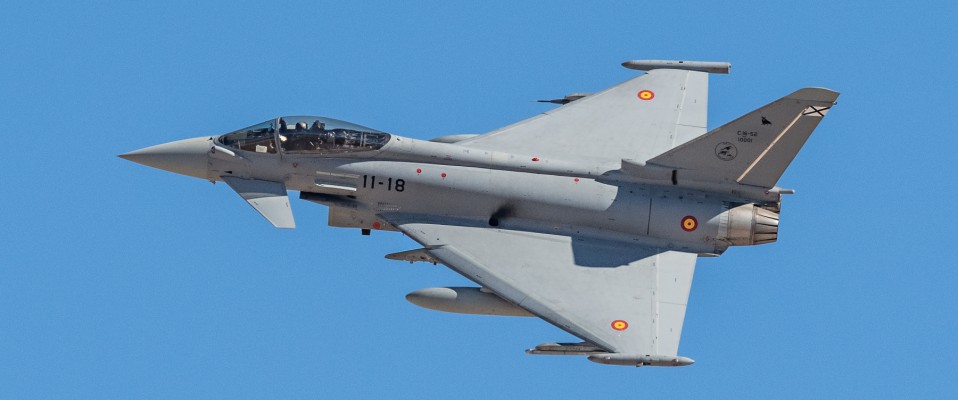THROUGH THE LENS: Exercise Red Flag 17-2
Report and photos by Steven Valinski
March 11, 2017
Northeast of downtown Las Vegas is the location of one of the U.S. military’s most important bases, Nellis Air Force Base. The units at Nellis AFB are responsible for providing advanced combat training. The USAF’s Weapon School and the 414th Combat Training Squadron (414th CTS) are just a few of the advanced combat “schools” located there. The 414th CTS is responsible for executing exercises such as Red Flag and Angel Thunder.
Red Flag is the world’s largest, most comprehensive and most realistic combat training exercise involving forces from the U.S. and its allies. Over the course of two to three weeks, forces in the air and on the ground learn, how to integrate with each other utilizing a variety of assets to accomplish missions. Participants deal with a full spectrum of threats including: air, ground, space and cyber. In the air, aviators can be expected to execute a variety of missions including: air interdiction, combat search and rescue (CSAR), close air support (CAS), dynamic targeting, defensive counter air and more. The exercise takes advantage of the vast Nevada military airspace along with the bombing and gunnery ranges of the Nevada Test and Training Range (NTTR). Red Flag typically takes place four times per year.
As Col. John Bosone, 20th FW vice commander and Red Flag 17-2 Air Expeditionary Wing commander said in a recent USAF interview, “The number one objective is integration with partner nations.”
“I want everyone who participates to realize that even though we’re fortunate enough to have outstanding equipment and weapons systems, it’s the people executing the mission that will ultimately ensure mission success,” he added.
This past Friday, Red Flag 17-2 wrapped up after two weeks of action. Red Flag 17-2 featured a mix of U.S. and allied forces. Foreign participation included the Spanish Air Force (Ejército del Aire), the Royal Netherlands Air Force (RNLAF) (Koninklijke Luchtmacht) and the Republic of Singapore Air Force (RSAF). Spain brought aircraft such as the Eurofighter EF-2000 Typhoon S and Lockheed KC-130H, the Netherlands brought the Fokker-made F-16AM Viper and Singapore participated with the Boeing CH-47 Chinook. The RNLAF F-16 pilot training takes place in Tucson, AZ. Pilots and crew from the RNLAF were recently on a month-long deployment at Davis-Monthan AFB in AZ taking advantage of the great weather and ranges in Arizona.
U.S. assets included: F-16s from the 100 FS (AL), 120 FS (CO), 55 FS (SW), 77 FS (SW), 79 FS. Along with, F-15Cs from the 493 FS, E-2s from the U.S. Navy’s VAW-117, E-3s from the 960 AACS, E-8C Joint STARS from 16 ACCS, HC-130J Combat King II from 79RQS, MH-60 from HSC-21 and others, including refueling units (KC-135R).
The highlight of the U.S. participation was the last Red Flag appearance of the USMC’s VMAQ-4 “Seahawks” flying the Grumman EA-6B Prowler. VMAQ-4 is scheduled to stand down by FY-18 (June ’17) with the sundown of the EA-6B in USMC service by FY-20. Unlike the U.S. Navy, who switched to the EA-18G Growler, the USMC’s plan for Electronic Warfare (EW) is MAGTF EW. According to the USMC Aviation Plan – 2016, “MAGTF EW transitions the Marine Corps from a focus on the low density/high-demand EA-6B, to a distributed, platform-agnostic strategy – where every platform contributes/functions as a sensor, shooter and sharer – to include EW.” With their state-of-the-art sensor package, the USMC’s Lockheed Martin F-35B/C JSFs figure to play a large role in MAGTF EW.
Red Flag 17-2 also featured non-DoD participation from Draken International with the classic Douglas A-4 Skyhawk.
Red Flag 17-3 is expected to have an all-U.S. lineup with foreign participation returning for Red Flag 17-4.
Red Flag 17-2 took place February 27 to March 10, 2017
Now, let’s take a look at Exercise Red Flag 17-2, THROUGH THE LENS:

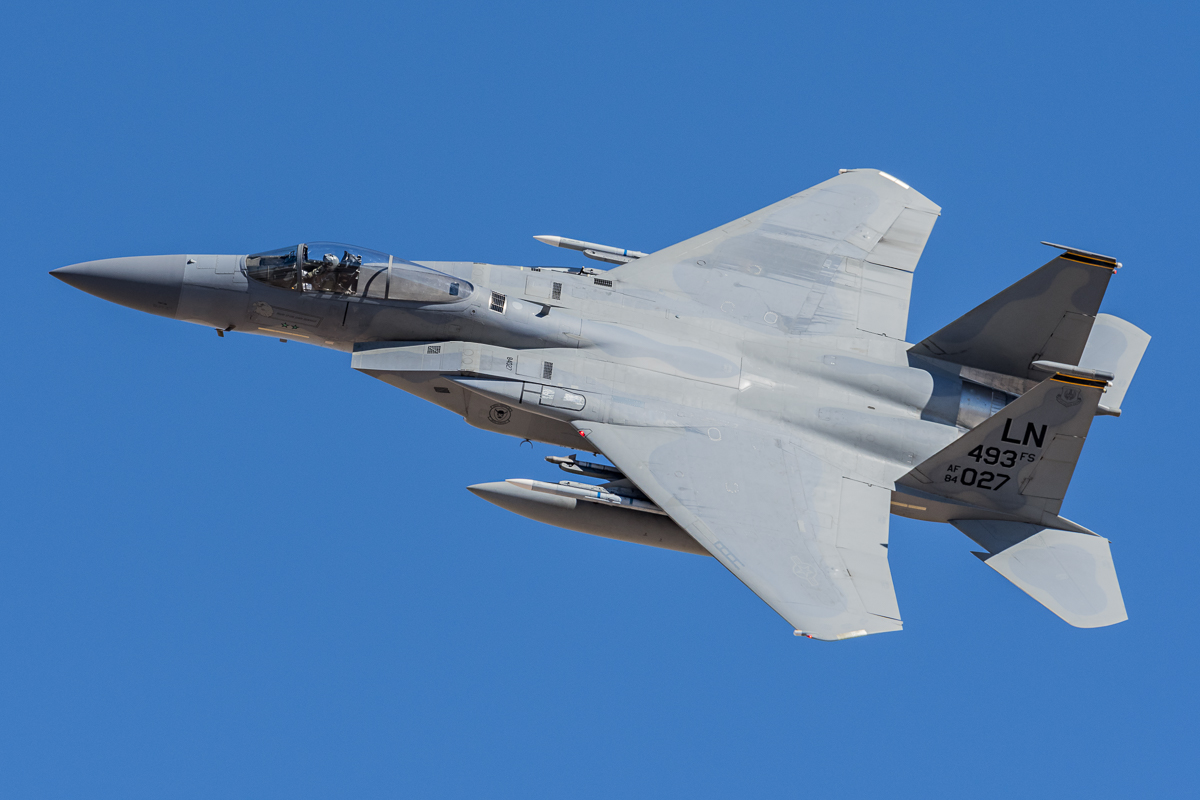
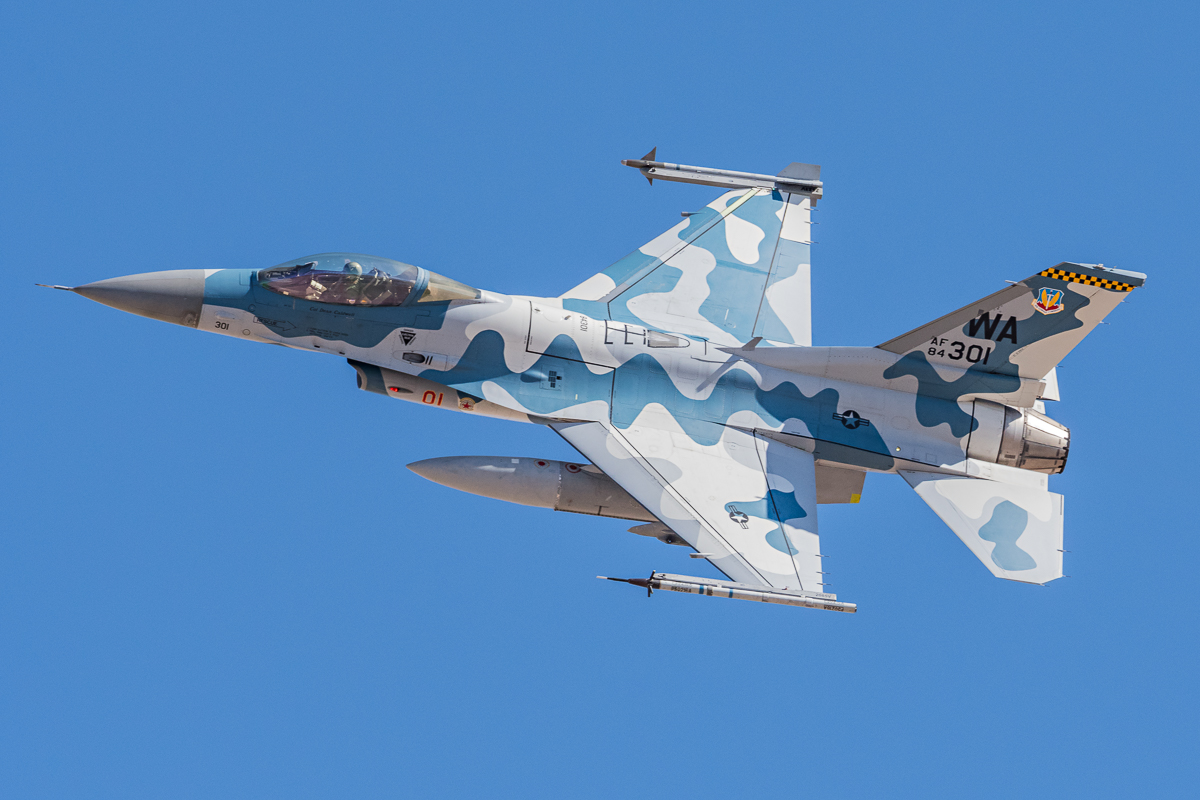


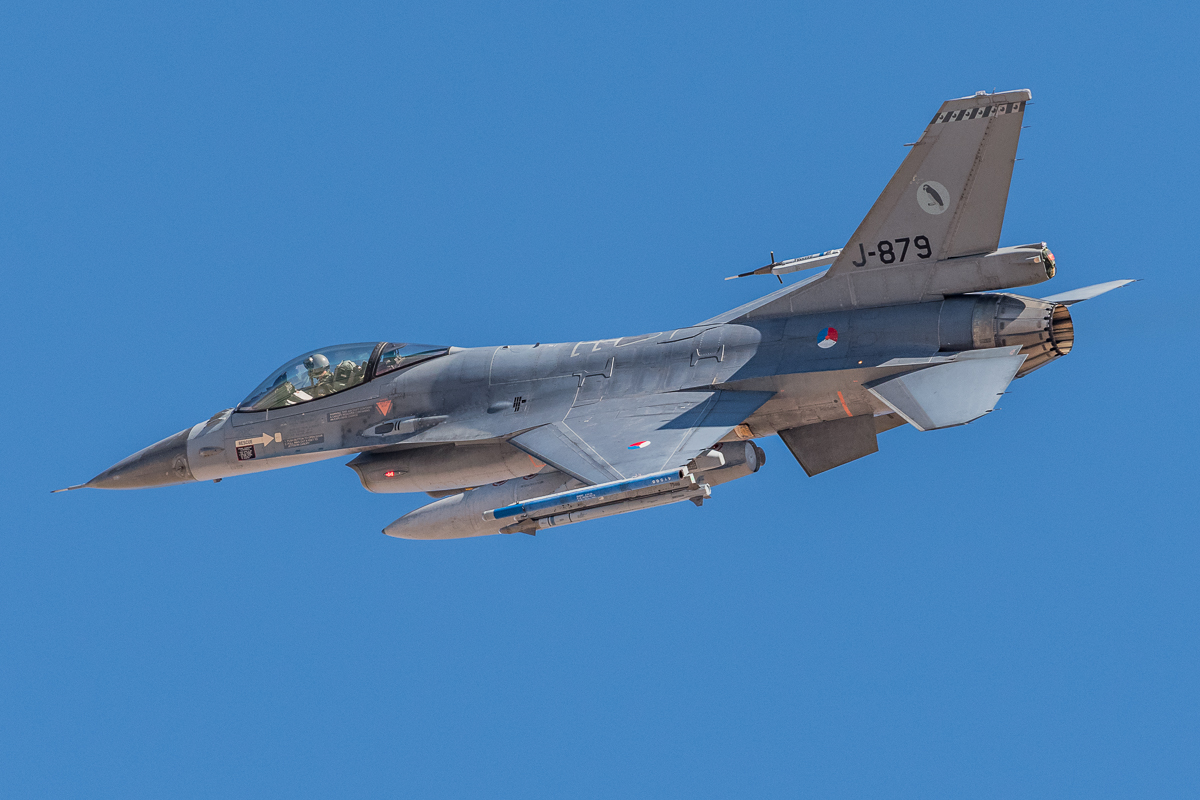
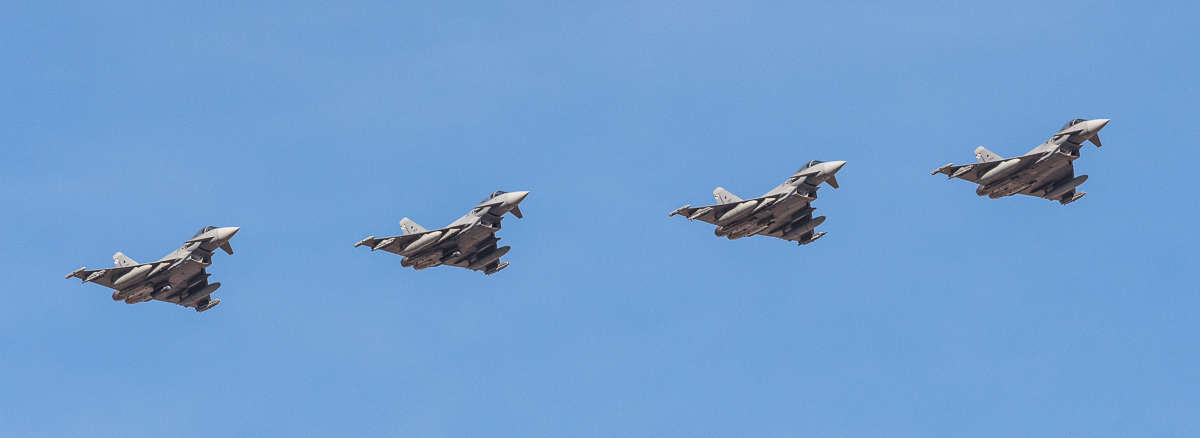
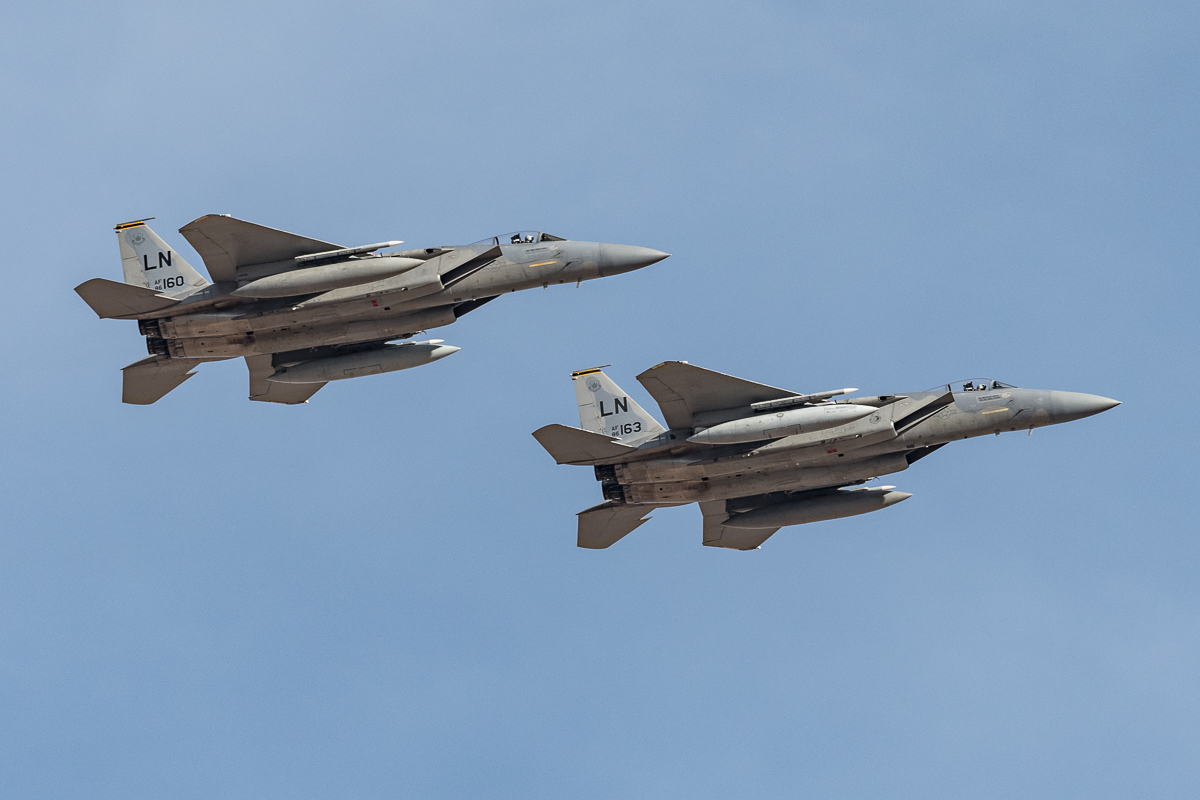
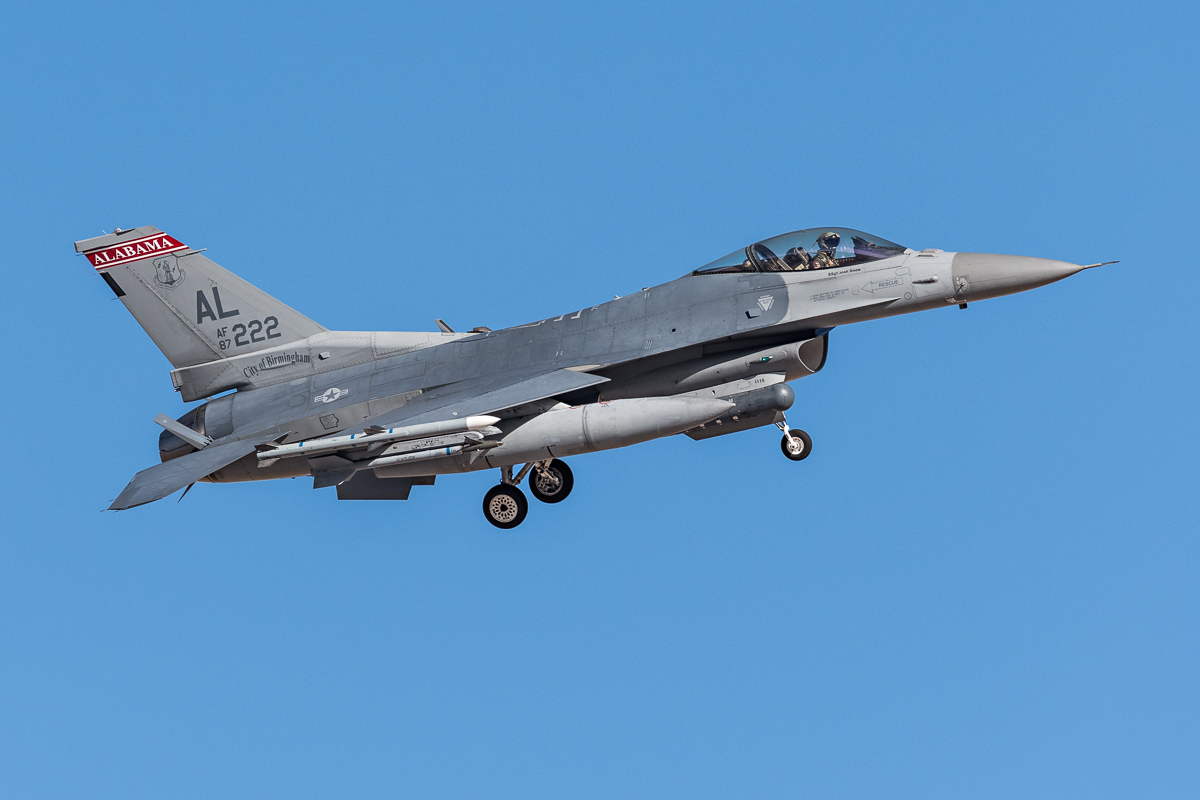
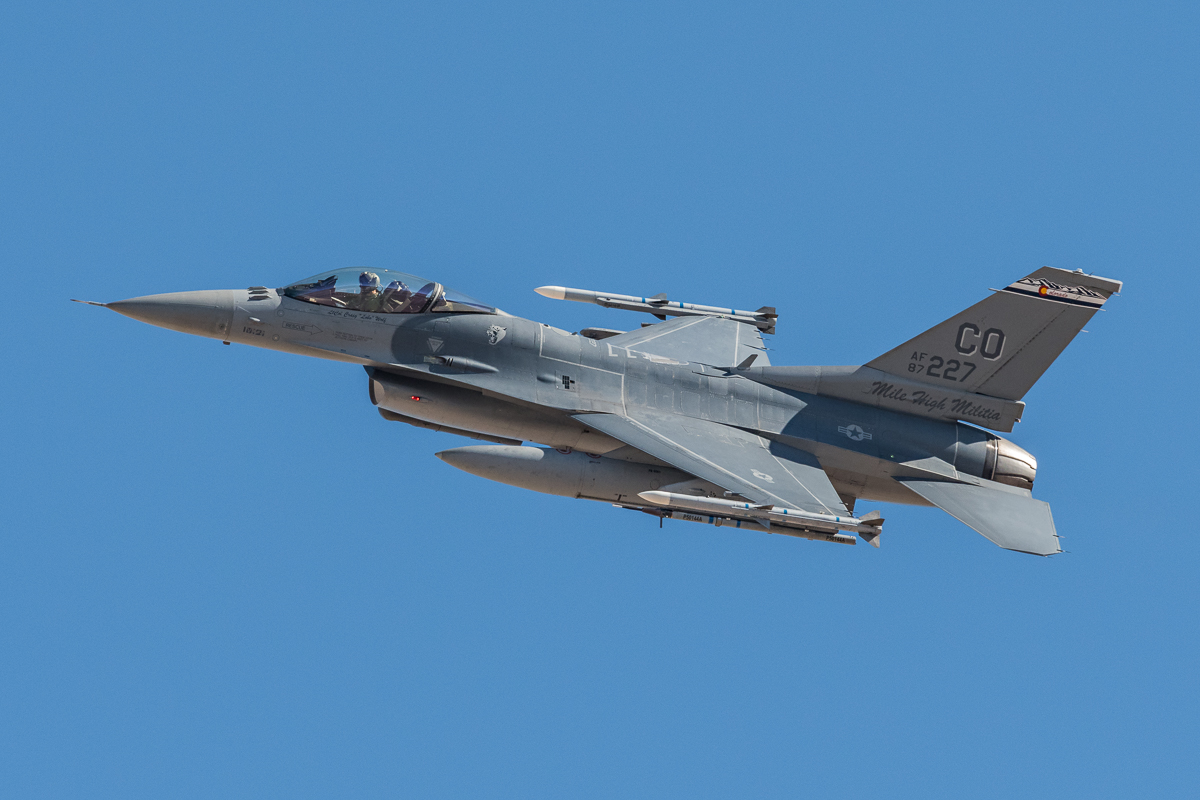

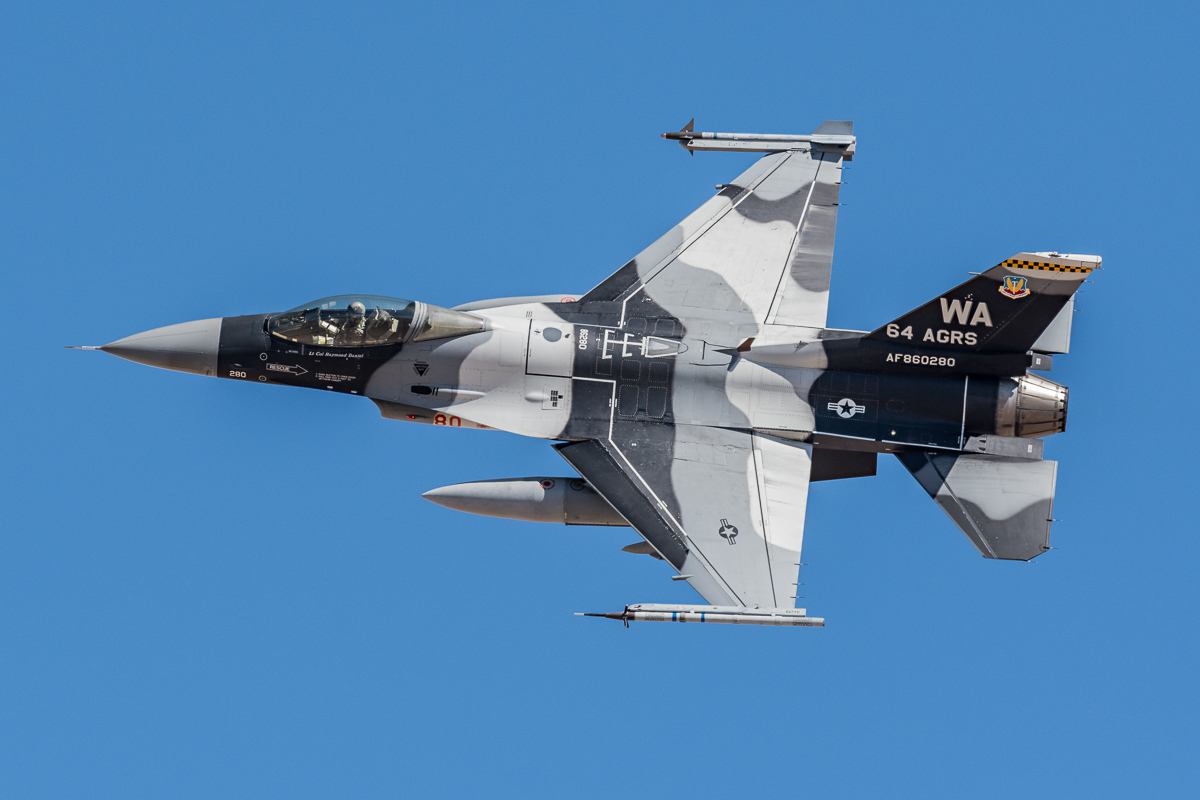
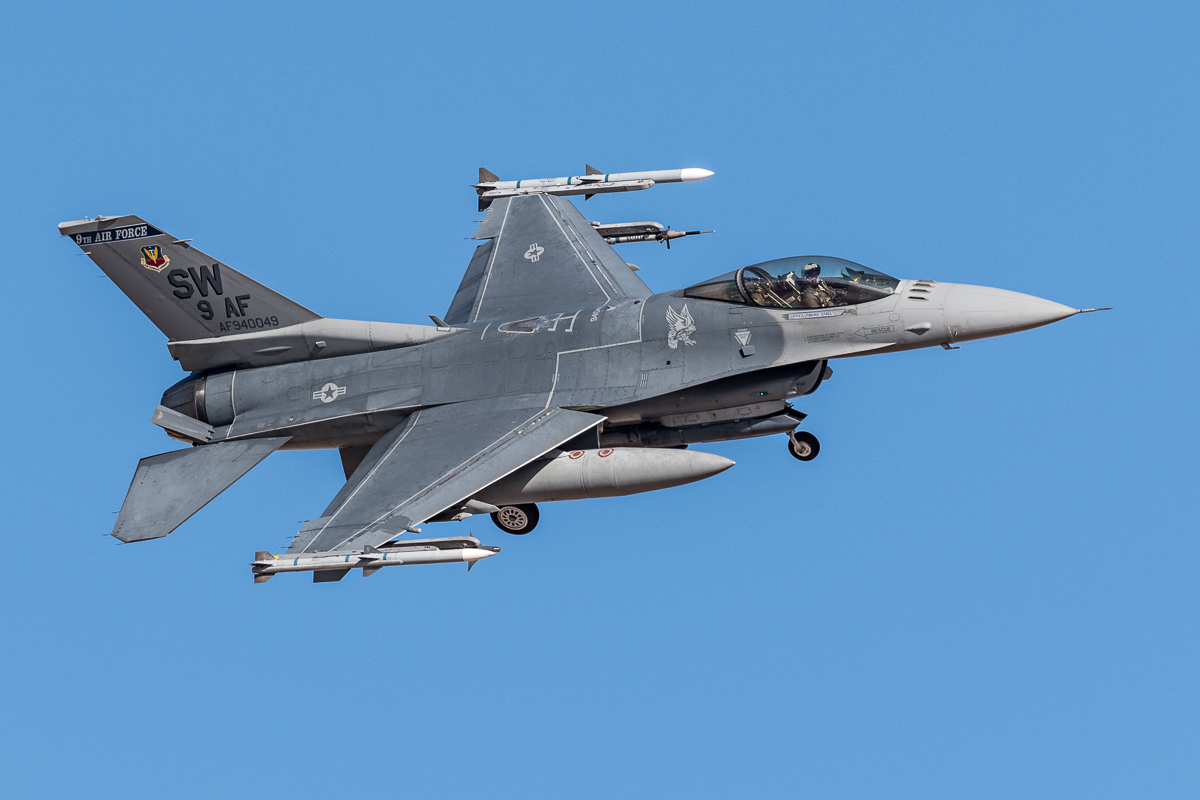




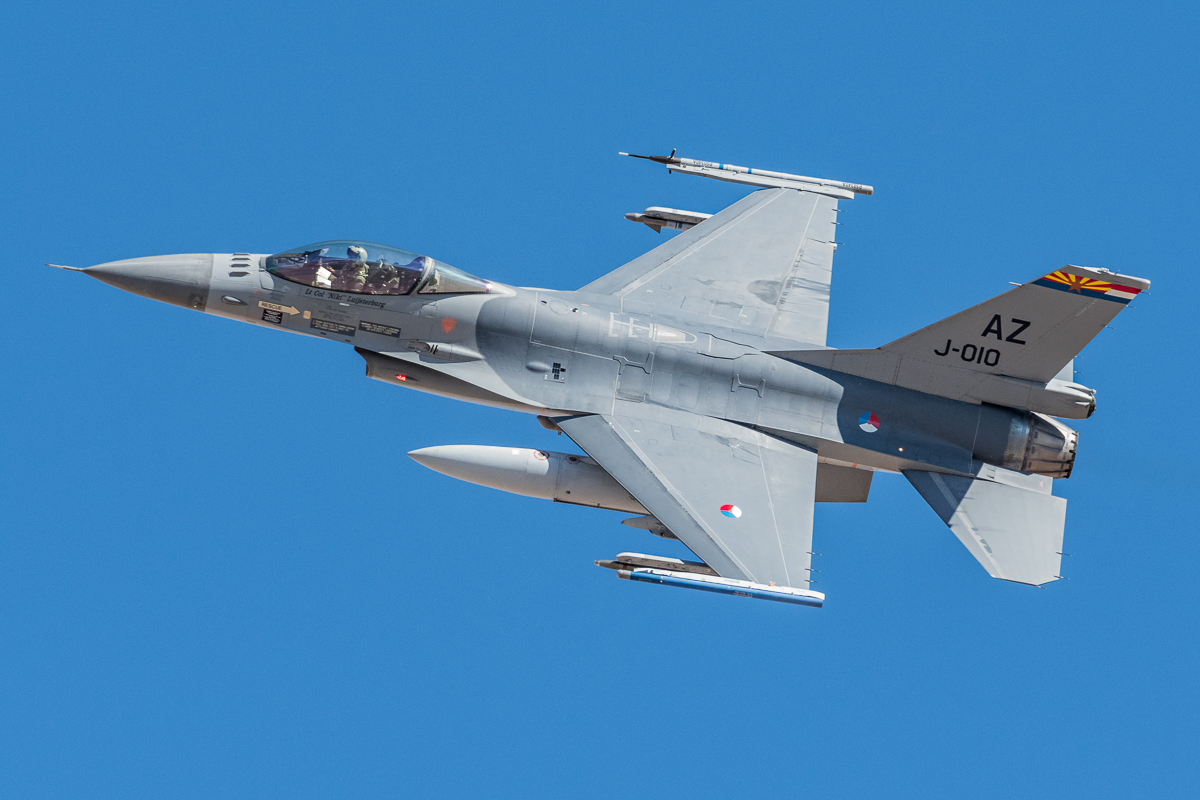
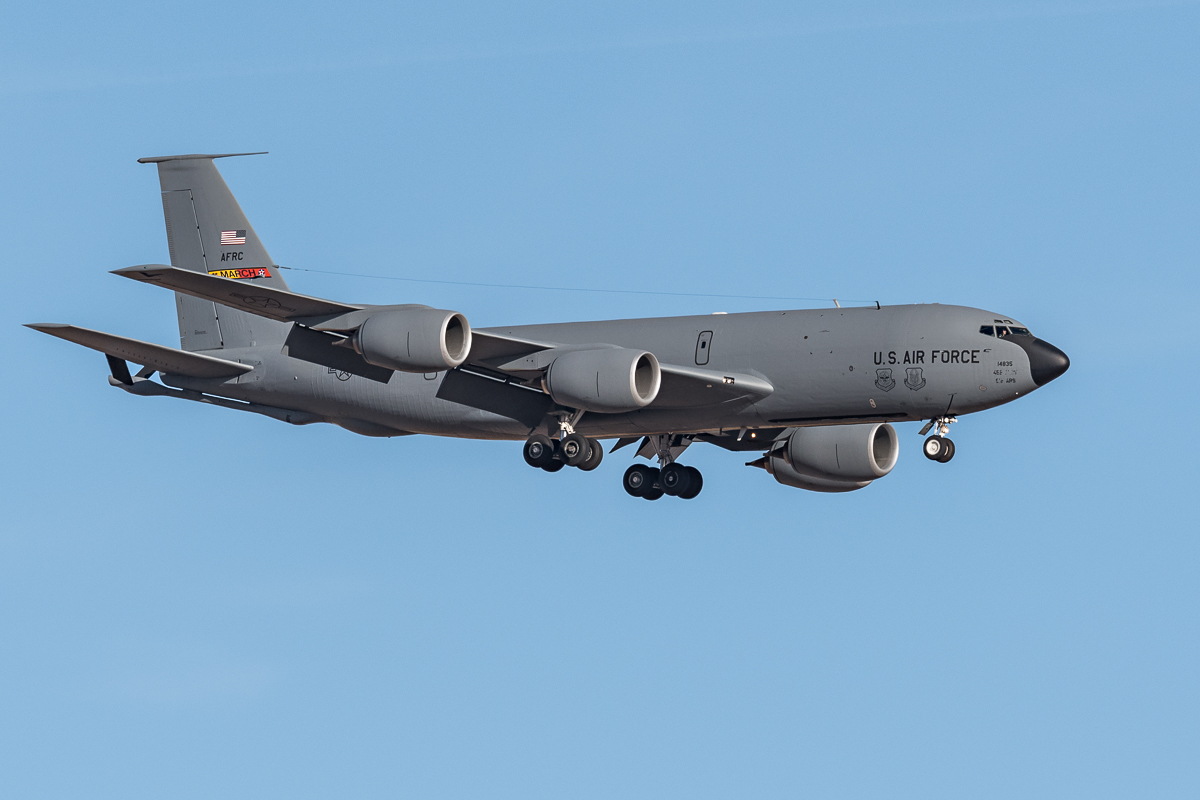


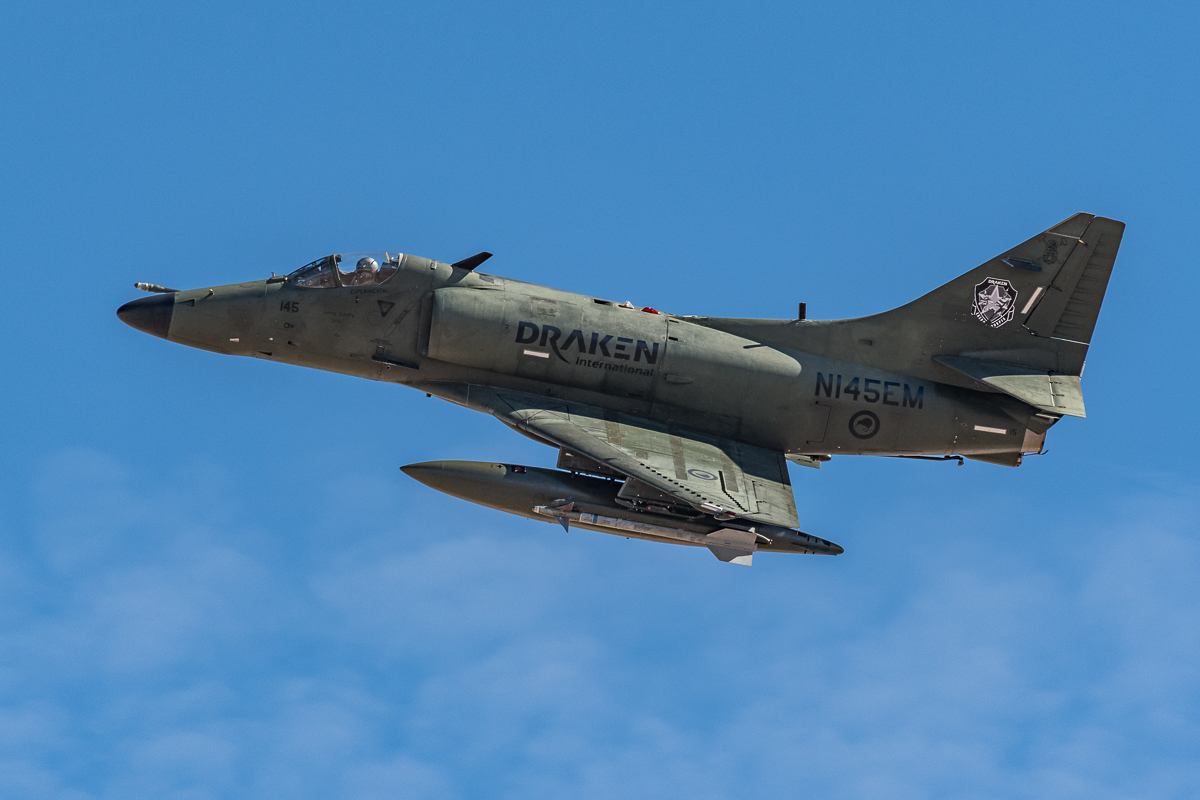
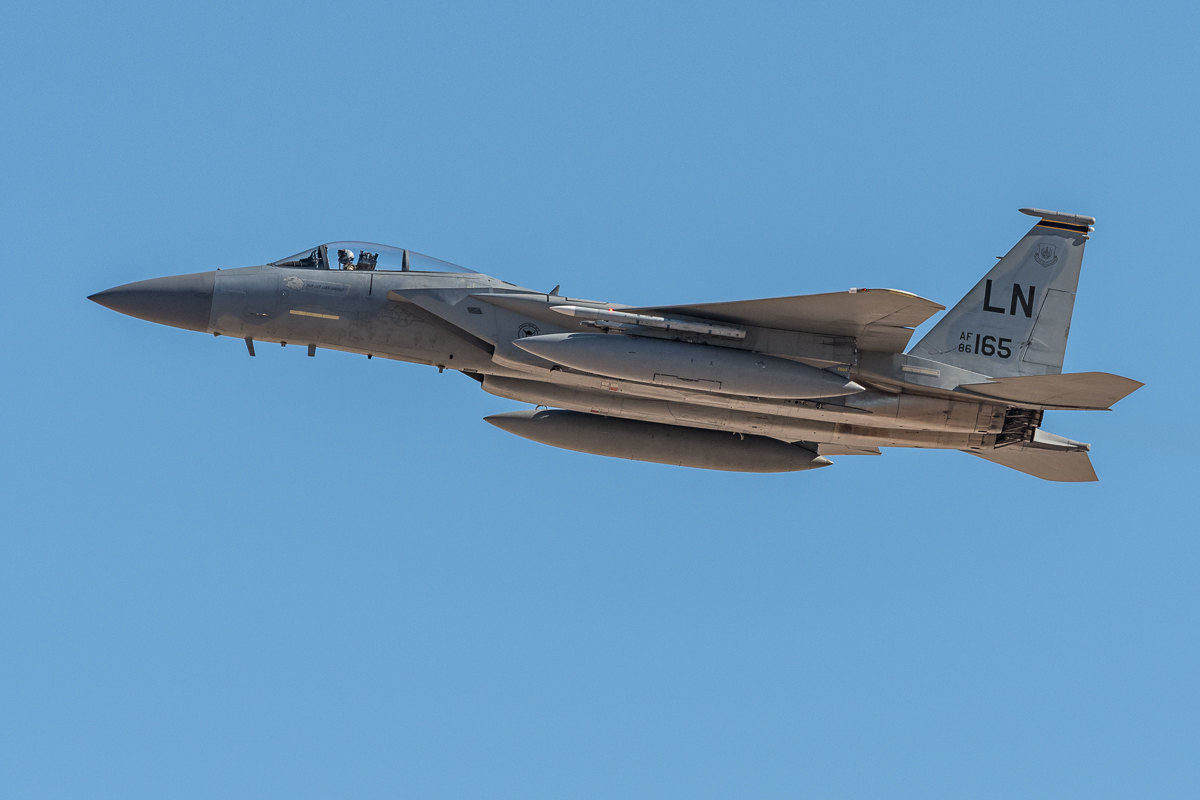

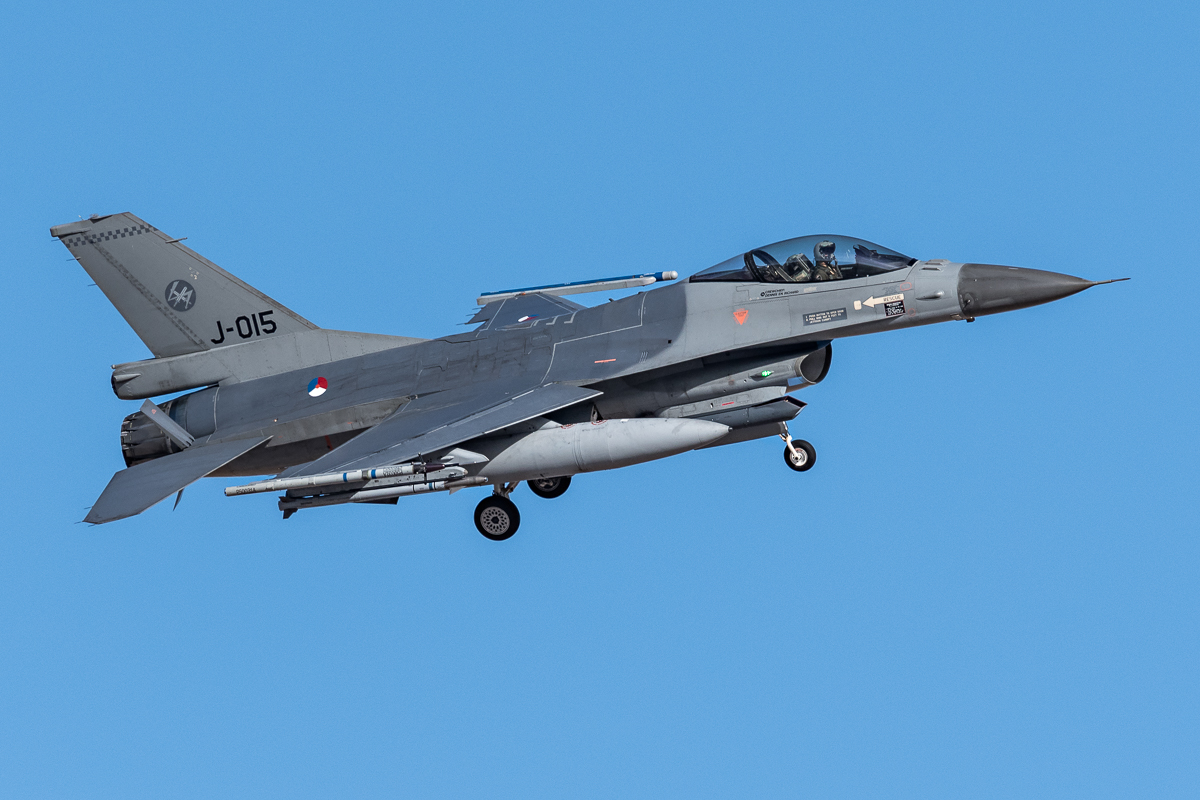


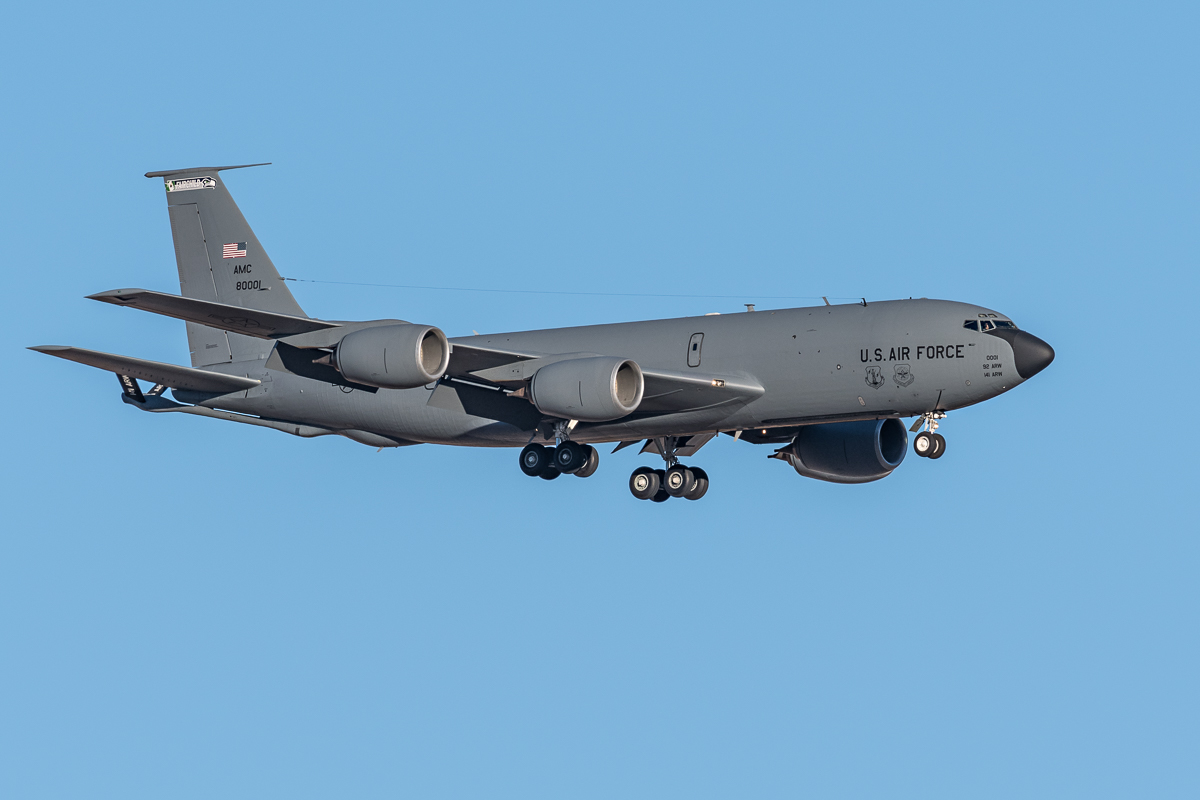
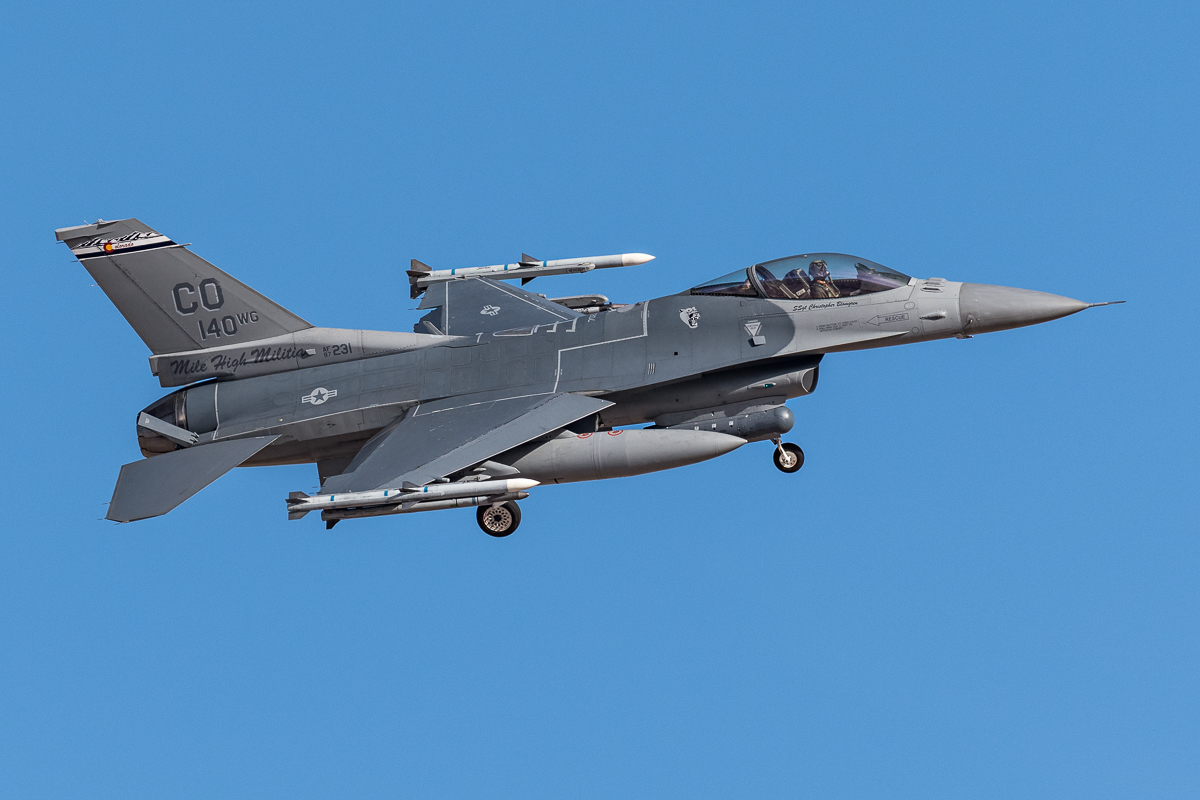
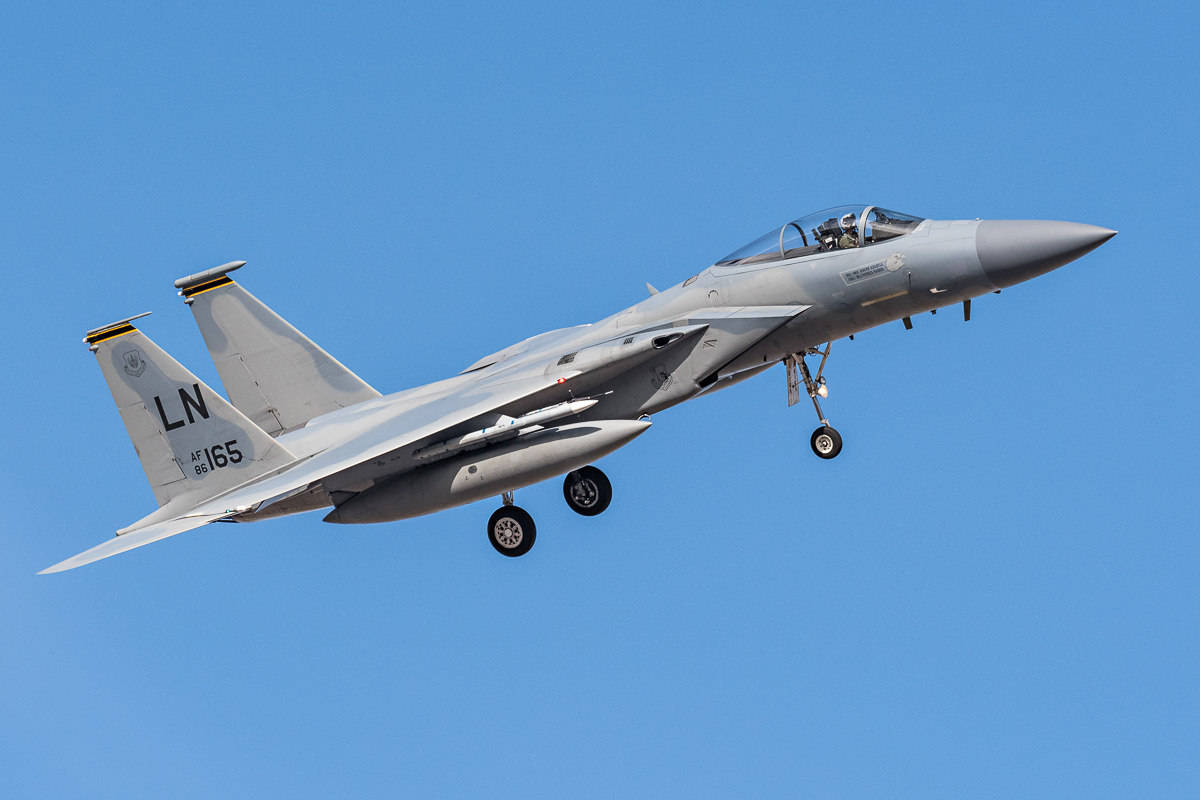
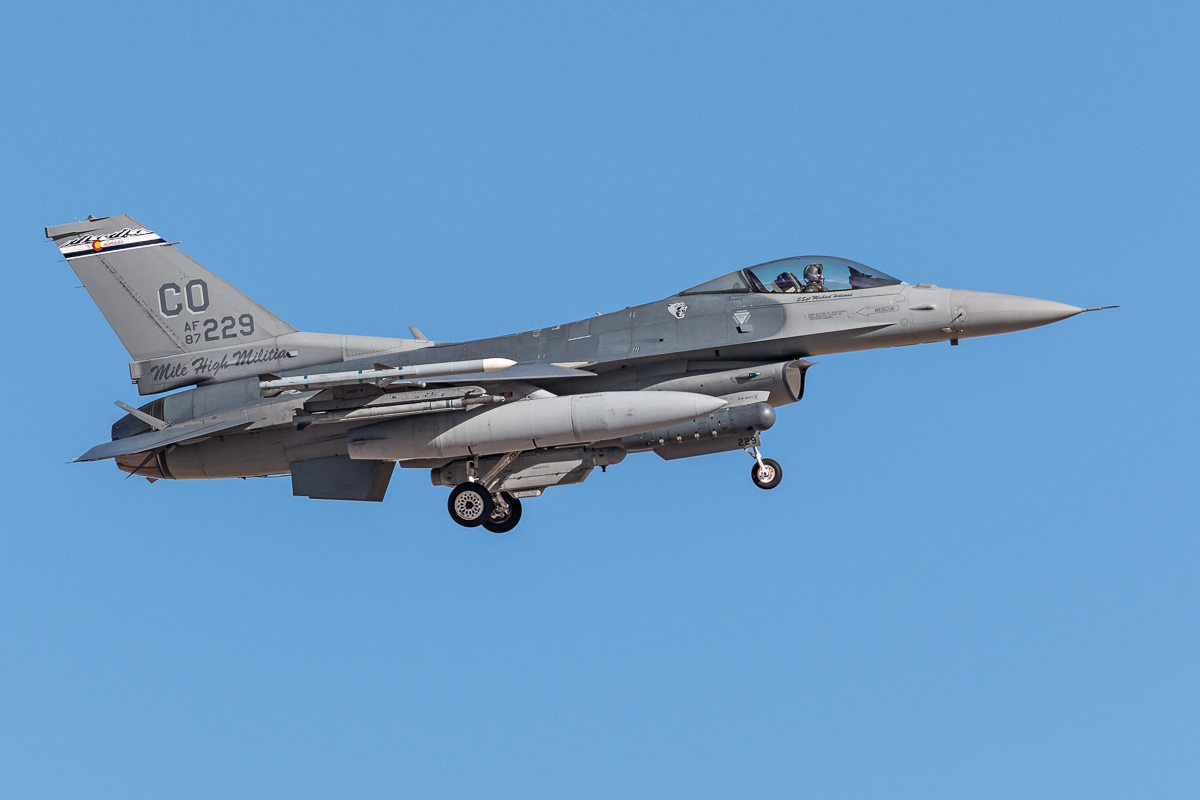
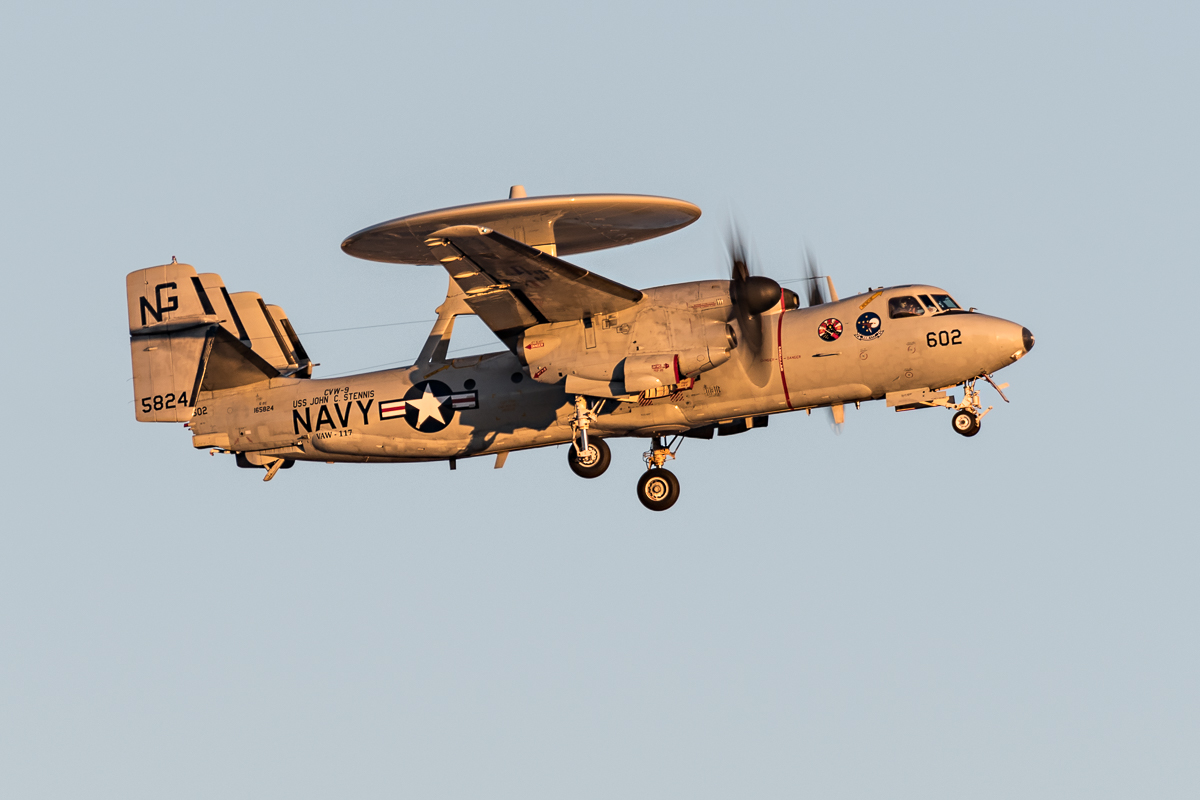

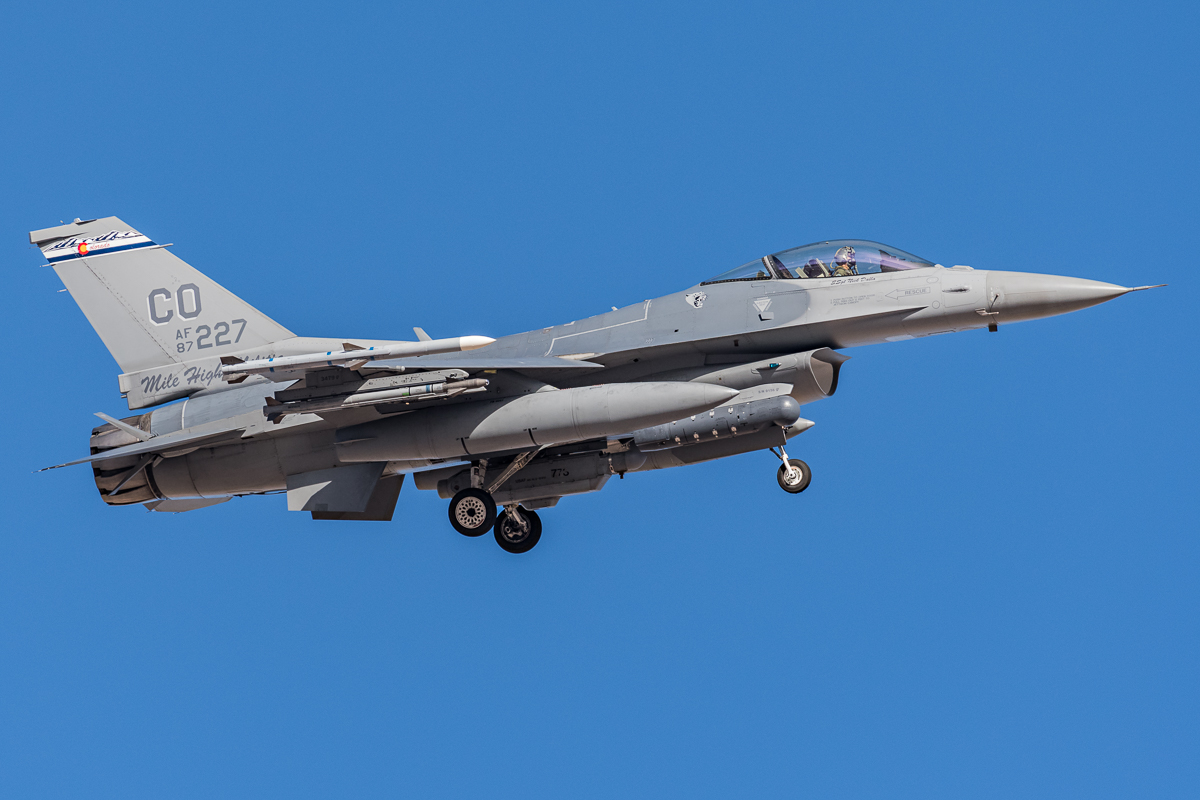
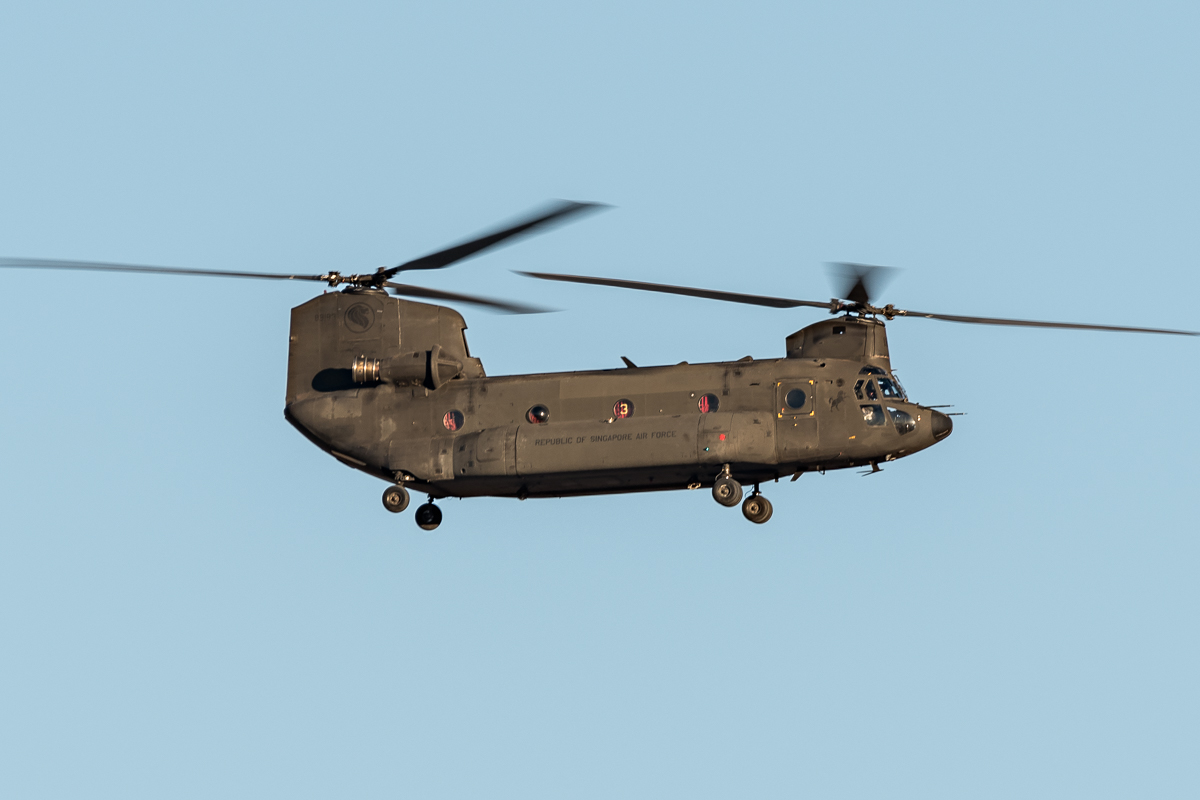
Steven is from Long Island, New York and now resides in sunny Mesa, Arizona. Steven’s love for aviation began when he was a child with a fascination for WWII aircraft. This love of aviation was further fostered by his uncle, a long-time Trans World Airlines (TWA) employee who had a passion for all forms of aviation.
Steven’s interest in photography began when he was 16 years old when he received his first SLR camera, a Minolta XGA. It makes sense that eventually his passion for aviation and photography would merge into a love for aviation photography.
In addition to being the web designer, webmaster and chief editor of Aviation Photography Digest, Steven has been published in numerous magazines worldwide.
Steven has an M.S. from Boston University and uses Nikon photographic equipment.
Steven is a Nikon NPS member.
Steven can be reached at: [email protected]


